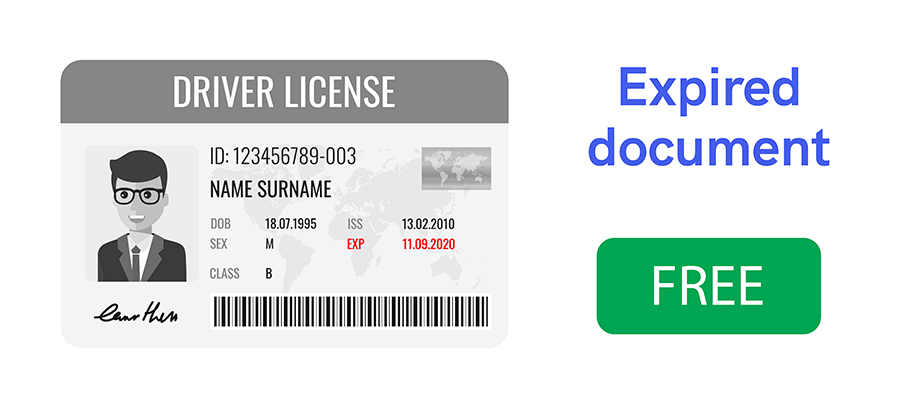

- INSTALLATION ID 123456789 HOW TO
- INSTALLATION ID 123456789 INSTALL
- INSTALLATION ID 123456789 ANDROID
Once your project is loaded, you should open up the strings.xml file: app/src/main/res/values/strings.xmlĪnd add a facebook_app_id string to the file: example example 123456789
INSTALLATION ID 123456789 ANDROID
Once again, you should run: npx cap open android

So, we will also need to add our variables there. We've handled the iOS side of things, but the native Android files for the project are completely separate. Adding Variables to Android/Android Studio That is all that is required to configure iOS, the Facebook plugin should now behave as you would expect. If you hover 'Information Property List' a little add icon will appear that you can use to add your FacebookDisplayName and FacebookAppID: Once the project is open, you should go to: App > App > ist If you need information on generating this, I would recommend checking out the documentation in Ionic Native.įirst, we will open our project in XCode by running: npx cap open ios Let's assume that we already have our Facebook App ID and Name from an application we created through Facebook for Developers. If you are unfamiliar with this file, it is basically a configuration file for iOS projects that specify various permissions and configurations (kind of like a config.xml file in a Cordova project if you are familiar with that). This is telling us that we need to add FacebookAppID and FacebookDisplayName keys to our ist (Information Property List) file. We would get the following message: Sync finished in 13.143s plugin cordova-plugin-facebook4 requires to add FacebookAppID $APP_ID to your ist to work plugin cordova-plugin-facebook4 requires to add FacebookDisplayName $APP_NAME to your ist to work
INSTALLATION ID 123456789 INSTALL
If we use the Facebook plugin as an example, if we were to first install the plugin into a Capacitor project: npm install cordova-plugin-facebook4 -save NOTE: I have added a much more technically thorough and up-to-date version of this tutorial here: Migrating Cordova Plugins to Capacitor (Android) Adding Variables to iOS/XCode If you are not yet familiar with Capacitor, you may want to first peruse the documentation and take a look at some Capacitor tutorials. This tutorial assumes a basic understanding of Capacitor, and that you already have your development environment configured for iOS and/or Android development with Capacitor. Adding Variables to Android/Android Studio.
INSTALLATION ID 123456789 HOW TO
In this tutorial, we are going to walk through how to use XCode and Android Studio to make the necessary changes to add install variables to a Capacitor project. That means editing the ist file for iOS, and the AndroidManifest.xml file for Android. If you want to supply these variables to your project, you need to do so by editing the native project for the platforms you are targeting. Capacitor projects are just treated like normal native projects and don't provide the kinds of configurations and hooks that Cordova uses. This isn't possible with Capacitor, as you can't supply these variables during the installation process. To do that, you can just supply your applications name and the ID when installing the plugin with Cordova: cordova plugin add cordova-plugin-facebook4 -variable APP_ID="123456789" -variable APP_NAME="myApplication" In order to use the Facebook plugin, you must first create an application through Facebook for Developers, and then associate that application with the plugin installation. However, some plugins require supplying variables to configure the plugin.Īn example of this is the Facebook plugin for Cordova. For most plugins, this is all that is required. Once you have done this, you can just use the plugin as you would in any normal Cordova project (you can also still use Ionic Native if you wish). All you need to do is: npm install plugin - name - save This means that if you are using Capacitor, you should be able to use any existing Cordova plugin with it. Since Cordova is such a hugely popular framework with a massive ecosystem of plugins to access various native functionality, Capacitor is aiming to have backward compatibility with existing Cordova plugins.


 0 kommentar(er)
0 kommentar(er)
